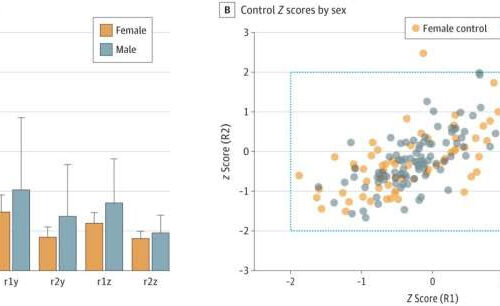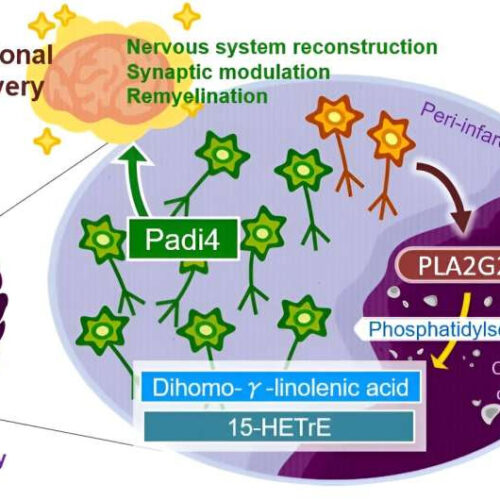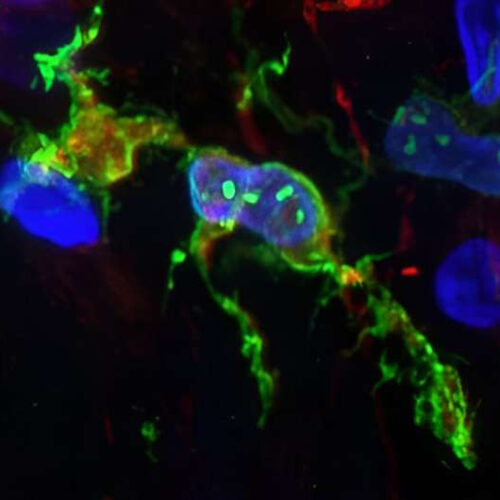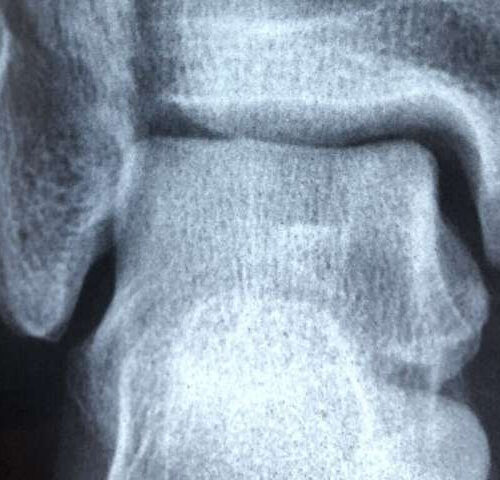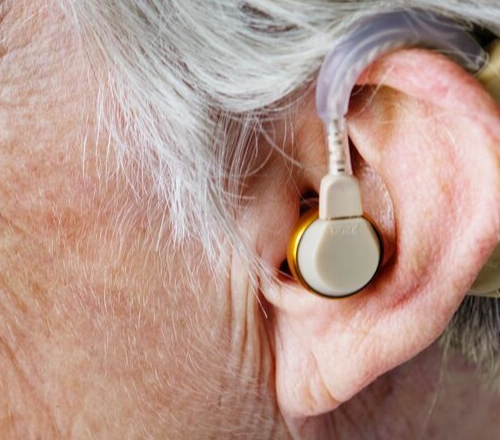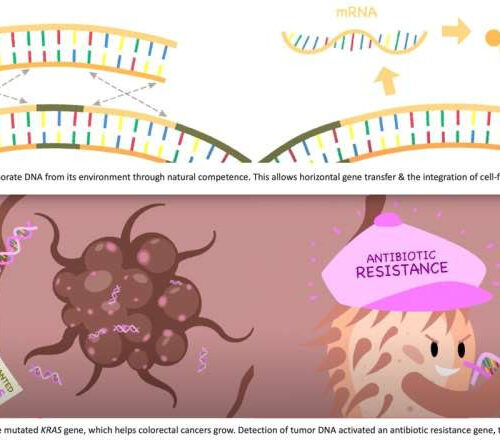by University of California, San Francisco A, R1 and R2 values for cranial accelerometer vertical (x), anterior-posterior or AP (y), and right-left or lateral (z) axes, where x-axis represents accelerometer axis designation, and the y-axis represents absolute R1 and R2 ratio values. Error bars indicate 1 SD. There were no significant sex differences for R1 or...
How does sun exposure affect skin microbiota composition and diversity?
By Neha Mathur Aug 10 2023Reviewed by Sophia Coveney In a recent study published in Frontiers in Aging, researchers recruited 21 healthy North European volunteers who agreed to go on a holiday in a sunny destination for a minimum of seven days to study how ultraviolet radiation (UVR) exposure and other sun-seeking behaviors impacted their...
AI Model Can Help Determine Where a Patient’s Cancer Arose
Predictions from the OncoNPC model could enable doctors to choose targeted treatments for difficult-to-treat tumors. For a small percentage of cancer patients, doctors are unable to determine where their cancer originated. This makes it much more difficult to choose a treatment for those patients, because many cancer drugs are typically developed for specific cancer types. A...
A new mechanism encouraging the brain to self-repair after an ischemic stroke
by Tokyo Medical and Dental University The neurons around an injured brain region will play major roles in promoting functional recovery through nervous system development, synapse organization, and remyelination; however, the molecular mechanisms triggering such a broad range of neural repair after brain injury remained unknown. Our study demonstrated that the secretion of PLA2G2E from perilesional...
New study links changes in brain immune cells to Alzheimer’s
by Michael McCarthy, University of Washington School of Medicine Photomicrograph of microglia (green) from a brain affected by Alzheimer’s disease shows enlarged lysosomes (pink), a sign the cell’s housekeeping duties have been disrupted. Credit: Lexi Cochoit, UW Neuroinflammation Lab Immune cells in the brains of people who had Alzheimer’s disease appear to behave differently than those...
Patients prescribed intermittent corticosteroids are less likely to have fracture risks considered, research suggests
by London School of Hygiene & Tropical Medicine Credit: CC0 Public Domain Prolonged use of corticosteroids, such as prednisolone, has been shown to cause osteoporosis and therefore increases the risk of breaking a bone. The more corticosteroids are taken, the greater the damage can be. In individuals with prolonged corticosteroid use, especially in older age, fracture preventive measures are...
Long COVID may be caused by damage to cells’ energy generators
By Paul McClure August 11, 2023 A study has found that SARS-CoV-2 damages the genes of mitochondria, the cell’s powerhouses, in the lungs and other organs Depositphotos A new study has found that SARS-CoV-2, the virus that causes COVID-19, damages the genes of the mitochondria, the cell’s energy generators, causing dysfunction in organs other than...
Researchers reverse hearing loss in mice
New research from the Institute of Psychiatry, Psychology & Neuroscience (IoPPN) at King’s College London has successfully reversed hearing loss in mice. This proof-of-concept study suggests that gene therapy for this type of hearing loss in humans may be successful in the future. The research, published in Proceedings of the National Academy of Sciences, used a genetic approach to...
Researchers engineer bacteria that can detect tumor DNA
by University of California – San Diego Upper: The bacterium A. baylyi can incorporate DNA from its environment through natural competence. This allows horizontal gene transfer and the integration of cell-free DNA into the A. baylyi genome. Lower: Researchers engineered A. baylyi to find the mutated KRAS gene, which helps colorectal cancers grow. Detection of tumor DNA activated...
AI Model Enables Earlier Detection of Diabetes Through Chest X-Rays
A new artificial intelligence model finds that x-ray images collected during routine medical care can provide warning signs for diabetes, even in patients who don’t meet the guidelines for elevated risk. The model could help physicians detect the disease earlier and prevent complications, says a multi-institutional team that published the findings in Nature Communications. Applying the computational method...

